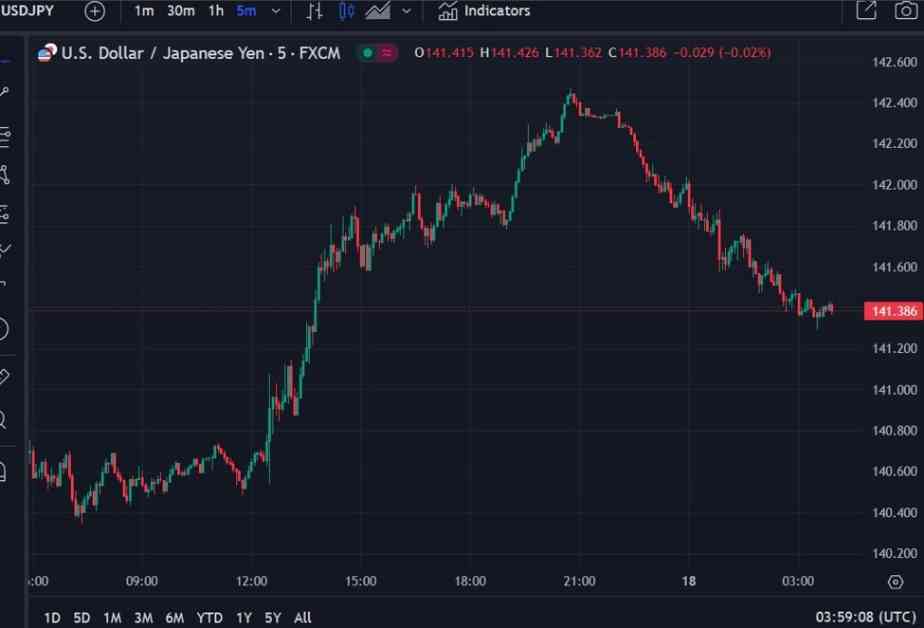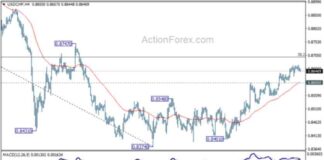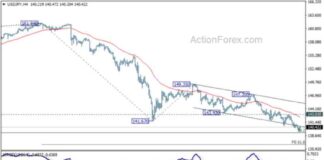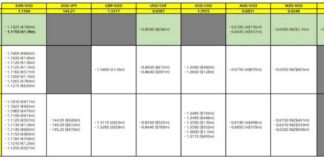Asia-Pacific FX News Update: Focus on FOMC Rate Cut and Economic Indicators
As the Asian-Pacific region anticipates the Federal Reserve’s decision on interest rates, various factors are influencing market sentiment and economic outlooks. From conflicting opinions on the necessity of a rate cut to key economic indicators in Australia, Japan, and New Zealand, the region is bracing for potential shifts in monetary policy and economic performance.
Conflicting Views on Federal Reserve Rate Cut
The debate over the need for a Federal Reserve rate cut continues, with a JP Morgan strategist suggesting that such a move may not be necessary. This viewpoint contrasts with market expectations and forecasts from 28 bank analysts, who are closely monitoring the FOMC’s decision. While most analysts anticipate a 25 basis point rate cut, market pricing leans towards a more aggressive 50 basis point cut. The announcement is eagerly awaited and is scheduled for 1800 GMT, 1400 US Eastern time.
Economic Insights from Australia, Japan, and New Zealand
In Australia, the focus is on the Consumer Price Index (CPI) preview, with the Commonwealth Bank of Australia expecting headline inflation in August to align with the Reserve Bank of Australia’s target. Additionally, Westpac forecasts a 2.7% year-on-year increase in the monthly CPI reading for August. Despite slow growth indicators in the leading index, Australia remains vigilant about economic performance and inflation trends.
Japan’s recent economic data revealed a significant miss in both exports and imports for August. Machinery orders for July 2024 also fell short of expectations, indicating challenges in the manufacturing sector. Meanwhile, in New Zealand, the current account deficit for Q2 exceeded expectations, while consumer confidence for Q3 improved to 90.8, reflecting shifting economic dynamics in the region.
Market Developments and Global Influences
As the People’s Bank of China sets interest rates and the USD/CNY reference rate, the region observes the impact of Chinese monetary policy on currency markets. With mainland China returning from holidays and injecting liquidity into the banking system, market participants are monitoring developments closely. Furthermore, geopolitical tensions, such as North Korea’s ballistic missile launch, and global economic factors, like the US decision to purchase oil for its Strategic Petroleum Reserve, contribute to market volatility and uncertainty.
Amidst these global influences, the Bank of Canada’s Senior Deputy Governor, Carolyn Rogers, emphasized the importance of continued progress on inflation, despite achieving target rates. This commitment to maintaining stable economic conditions aligns with ongoing efforts to monitor inflation trends and adjust monetary policy accordingly.
In the foreign exchange market, the USD/JPY pair experienced fluctuations, reflecting market sentiment and economic data releases. While the yen strengthened despite disappointing Japanese economic indicators, other major currencies, including EUR, AUD, and NZD, showed slight gains against the USD. These movements underscore the interconnected nature of global markets and the impact of economic events on currency valuations.
In conclusion, as the Asia-Pacific region navigates through a complex economic landscape, the focus remains on key indicators, central bank decisions, and geopolitical developments. With diverse opinions on monetary policy and economic outlooks, market participants are closely monitoring events to anticipate potential shifts in financial markets and economic performance. The interplay of global factors underscores the interconnectedness of economies and the importance of strategic decision-making in navigating uncertain times.

















